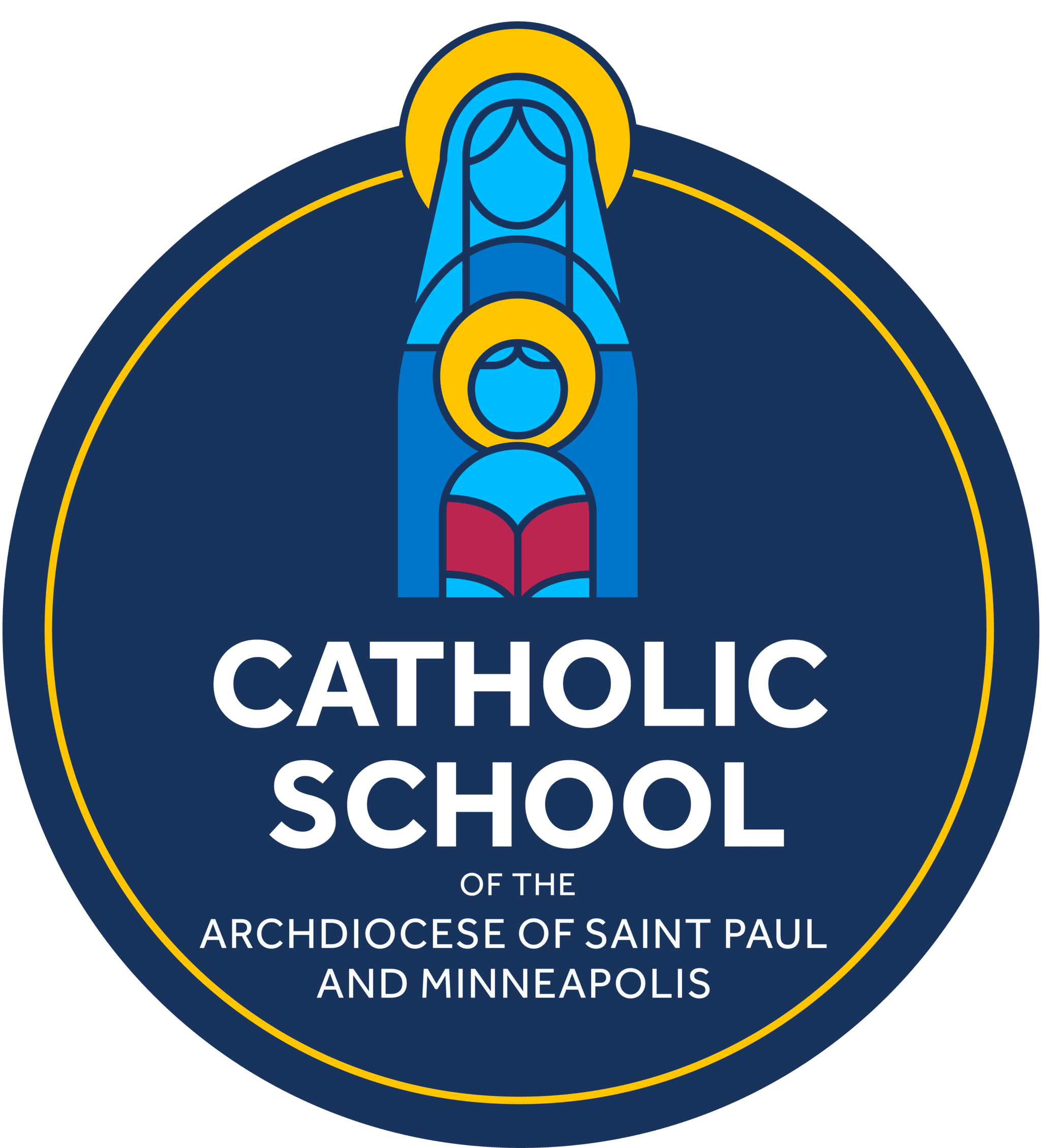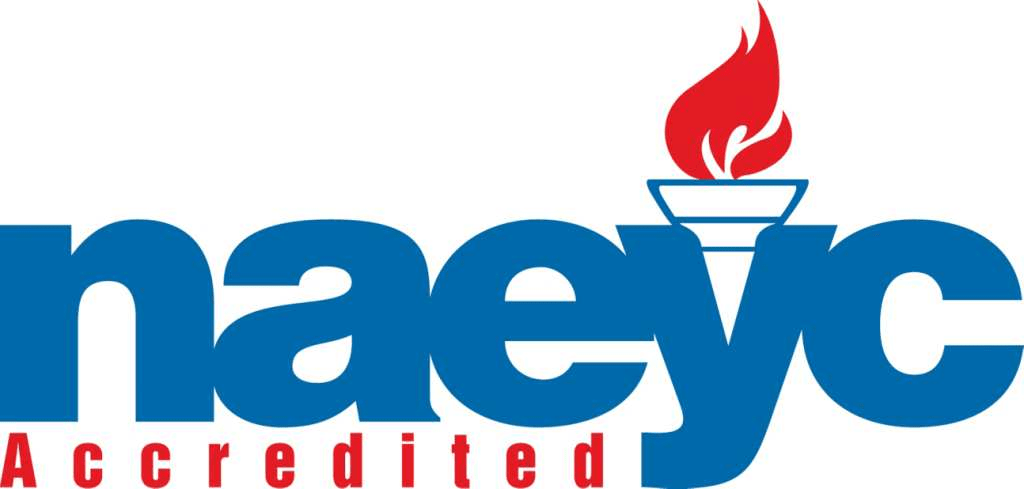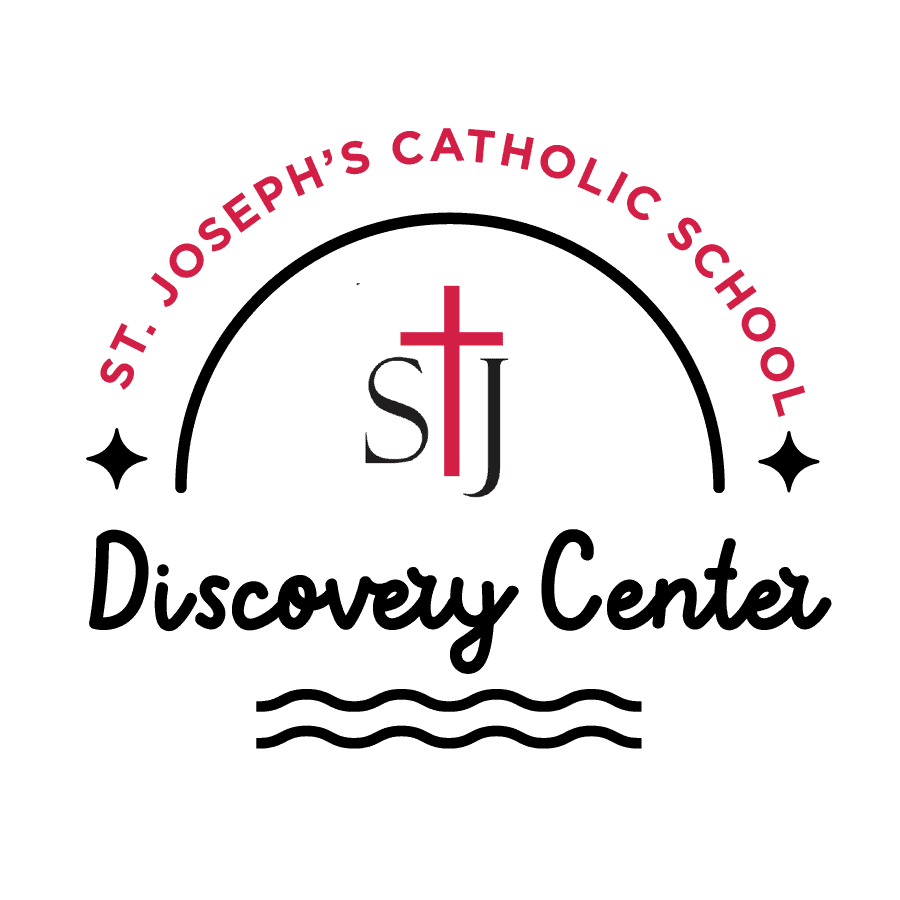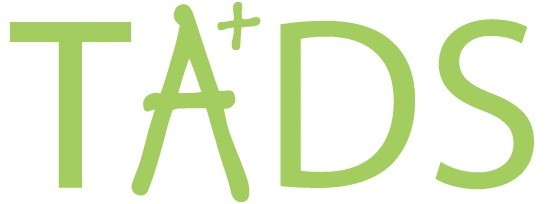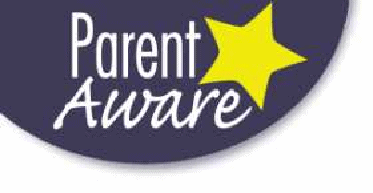Our C-STEM curriculum encourages cooperative and problem-solving strategies to thrive in an ever-changing world. It allows students to use their natural curiosity to learn more about their world while becoming more independent thinkers and learners. C-STEM curriculum is integrated throughout all subject areas. This curriculum lends itself to engaging and exciting learning experiences.
Faith Formation is incorporated into all subject areas throughout the day, as well as being taught as a curriculum focus. Students gain an understanding of their faith through the study of their text, Alive in Christ, by participating in weekly all-school Masses, monthly Rosaries, and by daily prayer. Our faith series has a strong focus on praying, Bible stories, the lives of holy people, and the practice of social justice. Learning through service to others is an important part of the first-grade curriculum. In first grade, we follow three big rules: be kind, be safe, be neat. All other rules fall under these three categories. This philosophy guides us in our daily interactions with classmates, our families, and others. We join the school family in food shelf collection, the fall service marathon, our monthly senior center visits, and projects that help expand awareness of the greater Christian community.
Carolina Curriculum is our current science curriculum. Science is taught using a hands-on approach. Investigations and inquiry are key to learning science concepts. In Earth Science Unit, our first graders investigate the chief components of soil (sand, clay, and humus) and study the relationships between soil and growing plants. They make their own compost bags and observe decomposition over time. Our schoolyard garden is utilized as an outdoor classroom throughout the year. In our Physical Science Unit, we explore how balance is affected by the mass of an object, the lever arm, and the position of the fulcrum. Using an equal arm balance, the first graders measure mass and order items in serial order. In our Life Science Unit, Organisms, we use our natural curiosity to learn about plants and animals. First graders compare organisms by creating and observing an aquarium and terrarium and making observations of plants and animals. This allows us to develop an understanding and appreciation of God’s gift of our natural world.
Basic computer skills and terminology are taught in our technology classes. First graders learn how to be good digital citizens as they learn to use digital tools and resources for problem-solving and decision making. In SmartLab, the first graders use technology as they work on touch screen computers to learn animation and beginning coding skills. Technology is used in the classroom when researching and reporting on our birds and to enhance instruction throughout the day.
First graders learn about The Engineering Design Process in SmartLab, an engaging program where students explore C-STEM and media arts through applied technology and project-based learning. First graders learn how to act like engineers using the engineering process and the 4-Cs: creativity, critical thinking, communication, and collaboration to solve challenges. First graders are given design challenges in the SmartLab as well as in their own classroom to design and build bridges, to design and use a tool to rescue a kitty from a well, to build a simple machine to perform a daily task, and as part of our first-grade bird unit to explore how birds fly and find food. As part of our Weight and Balance Unit, the first graders are challenged to design and build free-standing towers, using different kinds of materials, and are expected to explain in their journals how weight and balance affect how tall the tower could be built.
First graders continue to grow in their number sense, patterns, and math facts, gaining a deeper understanding of the concepts taught. Our math series, Math Expressions, is a hands-on learning curriculum that spirals throughout the year. This series offers a traditional approach with manipulatives and real-world illustrations to build mathematical ideas that make sense to your child. It is important to create an inquiry-based, personalized environment, and to encourage constructive discussion. The students are actively involved in their learning by solving math problems, answering questions, and helping others with current math concepts. There is a quick review of the last lesson taught, activities that can be fit into the morning routine, and leveled activities for all learners. Math Expressions offers many opportunities to differentiate learning in the classroom.

Language Arts are taught daily, integrating grammar, writing, spelling, handwriting, listening, speaking, and viewing. There is a strong focus on phonemic awareness, high-frequency words/sight words, vocabulary, reading, and fluency. Our first graders receive phonics-based instruction to learn reading, writing, and spelling. We are partnered with Groves Academy and the Believe and Read
initiative through the Catholic Schools Center of Excellence to ensure that all students reach their reading goals. The Groves Literacy Framework, which was developed at Groves Academy, uses an Orton-Gillingham-based curriculum and is rooted in decades of literacy and brain research. Students learn best when instruction is direct, sequential, multi-sensory, and addresses individual strengths and challenges.
Comprehension strategies are taught throughout all reading genres. Sequence of events, story elements, using words and pictures in our stories, using the topic and main idea, and comparing, are taught through our weekly stories and classroom discussion. Differentiated instruction, such as small group instruction, leveled readers, take-home phonics readers, and reading groups, help our readers progress from their current reading proficiency. Our language arts components are taught in the context of our weekly stories.
First graders must be given many opportunities to read during this crucial time of language development in the brain. As well as intensive reading instruction and practice in school, monthly reading goals are set for home reading and are expected to be met by each student as part of their language arts grade.
Global awareness and multicultural learning are integrated into our social studies program. Students learn about neighborhoods, how to work together in families and the community, and discover the world beyond our communities. We learn research skills and the ability to compare different groups. Additionally, we learn about the calendar and important dates, timelines, classroom and school events, and American holidays.

